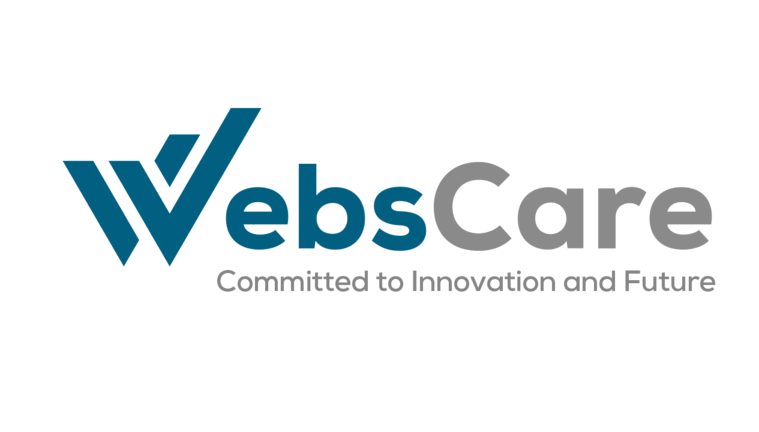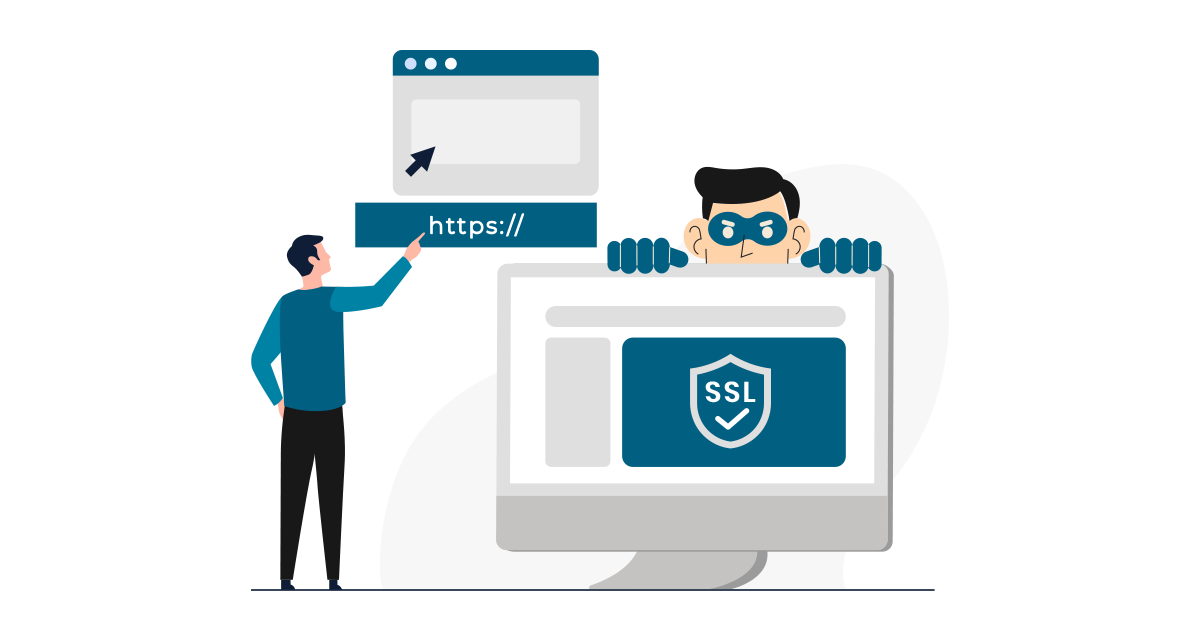Every day, over 125,000 websites get hacked which is more than one per second. That adds up to 45 million hacks a year. With 235 million active websites, nearly 1 in 5 could be compromised this year. Even though there are over 1.5 billion registered domain names, most are inactive or parked, so the number of active sites is much smaller. Cleaning up a hacked WordPress site is no fun. At best, it is an involved and time-consuming process that most of us would rather avoid.
WordPress is the most popular content management system (CMS) globally, powering over 44% of all websites. However, its popularity makes it a prime target for hackers. Securing your WordPress website is essential to protect your data, reputation and users. In this guide, our WebsCare team will cover all the best practices to keep your WordPress site secure from cyber threats.
Looking for expert web development services? Get in touch with us today!
Is WordPress Secure?
WordPress is generally considered secure especially when properly maintained but its security largely depends on how it is configured and managed. As the most widely used content management system (CMS) in the world, WordPress is a frequent target for hackers but its core software is regularly updated by a dedicated team to address vulnerabilities. However, security risks often arise from outdated themes, plugins or weak passwords which can create exploitable weaknesses. To enhance security, users should implement best practices such as keeping WordPress core, themes and plugins up to date, using strong passwords, enabling two-factor authentication and installing reputable security plugins. Additionally, choosing a reliable hosting provider and regularly backing up the site can further mitigate risks. While no platform is entirely immune to threats, WordPress can be highly secure when users take proactive measures to protect their websites.
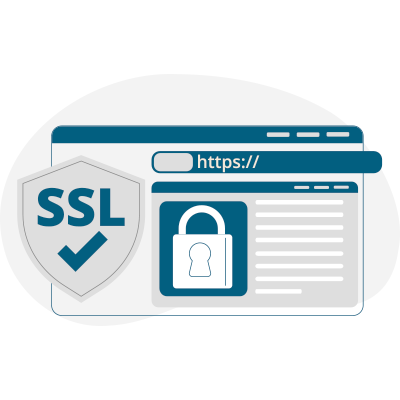
A Complete Guide to Securing Your WordPress Site from Hackers
Here are several steps you can take to protect your WordPress site from malicious attacks, mentioned as:
Keep WordPress Core, Themes, and Plugins Updated
One of the primary ways hackers gain access to WordPress sites is through outdated software. Regularly updating your WordPress core, themes and plugins ensures that security vulnerabilities are patched.Plugins like Wordfence, Sucuri or iThemes Security offer features such as malware scanning, firewall protection, and login attempt monitoring. These tools can help you detect and prevent potential threats before they cause harm.
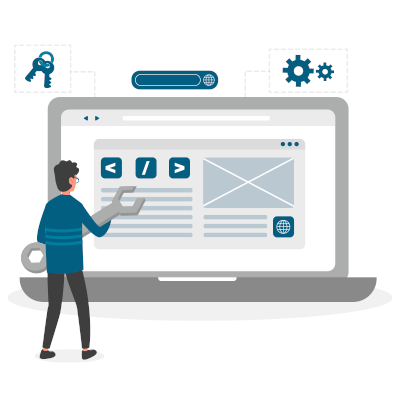
| Task | Description | Benefit |
|---|---|---|
| Enable Automatic Core Updates | Allow minor WordPress updates to install automatically. | Ensures security patches & bug fixes are applied. |
| Check for Theme & Plugin Updates | Regularly update themes and plugins to the latest versions. | Improves security, performance & compatibility. |
| Remove Unused Themes & Plugins | Delete inactive themes and plugins. | Reduces security vulnerabilities and site load. |
Use Strong Usernames and Passwords
Weak login credentials are an easy entry point for hackers. Strengthen your authentication by avoiding the default admin username. Use strong passwords with a combination of uppercase and lowercase letters, numbers and symbols. Implement a password manager to store and generate strong passwords. Plus, Two-factor authentication (2FA) adds an extra layer of security by requiring a second form of verification such as a one-time password (OTP) sent to your phone. Use plugins like Google Authenticator, WP 2FA or Duo Security. This ensures that even if your password is compromised, hackers cannot access your site without the second authentication factor.
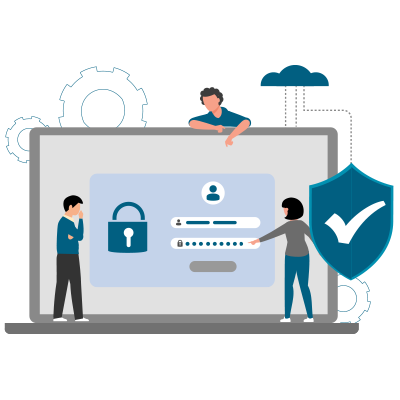
Implement a Web Application Firewall
Implementing a Web Application Firewall is a powerful way to safeguard your WordPress website by acting as a protective barrier between your site and potential threats. A WAF works by analyzing incoming traffic and blocking malicious requests, such as SQL injections, cross-site scripting (XSS) and other common attack vectors before they can reach your server.
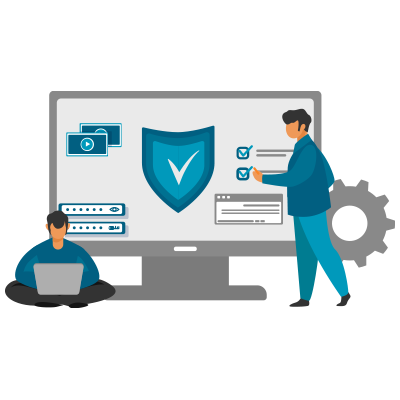
- Use security plugins like Wordfence, Sucuri, or Cloudflare WAF.
- Enable real-time threat monitoring.
Searching for the best web development tools? Let’s find the top 8 tools to optimize your workflow and enhance productivity!
Limit Login Attempts
Brute force attacks, where hackers try to guess your login credentials by repeatedly attempting to log in, are common. Use a plugin to limit the number of login attempts from a single IP address. After a set number of failed attempts, the IP address should be temporarily blocked.
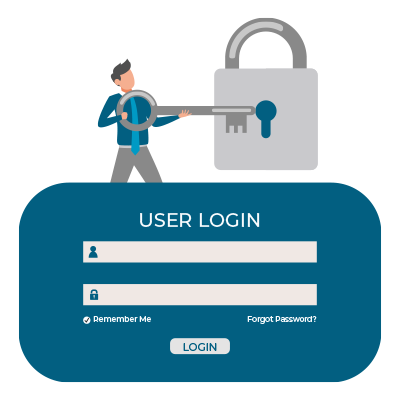
- Use plugins like Login LockDown or Limit Login Attempts Reloaded.
- Implement CAPTCHA verification on login pages.
Change Default Login URL
By default, the WordPress login page is accessible via /wp-admin or /wp-login.php. Hackers often target these URLs. Change your login URL to something unique using a plugin like WPS Hide Login to make it harder for attackers to find your login page.
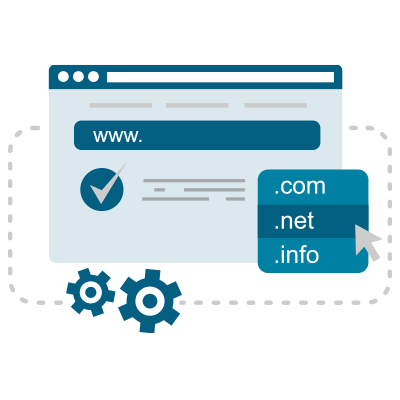
Secure Your wp-config.php File
The wp-config.php file contains critical configuration settings and database credentials. Move wp-config.php to a non-public directory if possible. Restrict file access by adding the following code to .htaccess.
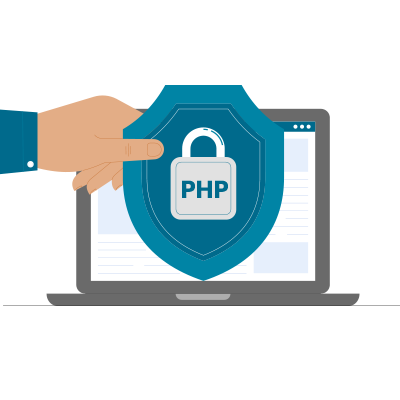
<files wp-config.php>
order allow,deny
deny from all
</files>
Use SSL Encryption (HTTPS)
Secure Socket Layer (SSL) encryption ensures that data transferred between your website and its visitors is secure. Most hosting providers offer free SSL certificates. Once installed, ensure your website uses HTTPS instead of HTTP. This not only secures your site but also boosts your SEO rankings.
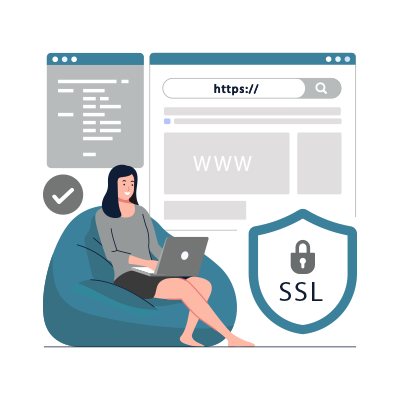
Regularly Back Up Your Website
Even with the best security measures, there’s always a risk of being hacked. Regular backups ensure that you can quickly restore your website if something goes wrong. Use plugins like UpdraftPlus or BackWPup to schedule automatic backups and store them in a secure offsite location.
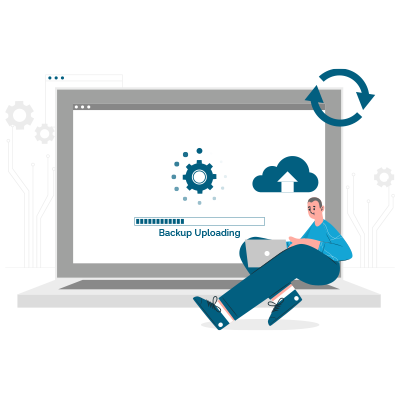
- Use backup plugins like UpdraftPlus, VaultPress, or BackupBuddy.
- Store backups on an offsite location such as Google Drive, Dropbox, or Amazon S3.
- Schedule automatic daily or weekly backups.
Disable XML-RPC
XML-RPC is a feature that allows remote access to your WordPress site. While it can be useful, it’s often exploited by hackers for brute force attacks. If you don’t need it, disable XML-RPC by adding the following code to your .htaccess file:
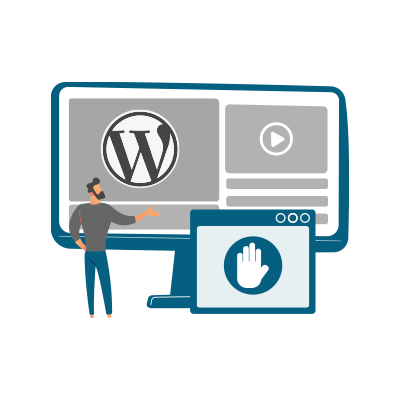
<Files xmlrpc.php>
Order Deny,Allow
Deny from all
</Files>
Monitor Website Activity and Logs
Regularly monitoring user activity and logs. If multiple users have access to your WordPress dashboard, monitor their activity to detect any suspicious behavior.
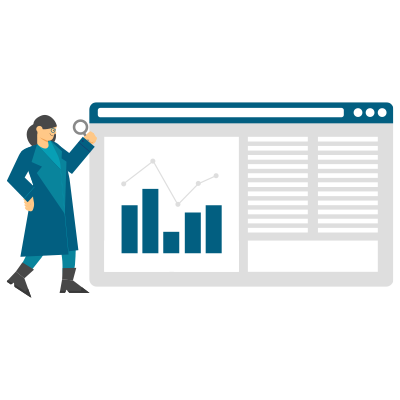
- Use plugins like WP Activity Log or Simple History.
- Monitor access logs and error logs through your hosting provider.
Protect Against DDoS Attacks
Protecting your WordPress website against Distributed Denial of Service (DDoS) attacks is crucial, as these attacks can overwhelm your server with excessive traffic, causing your site to crash or become inaccessible. To defend against DDoS attacks, consider using specialized services like Cloudflare, Sucuri, or Akamai which offer robust DDoS protection by filtering malicious traffic before it reaches your server. Additionally, enables rate-limiting to control the number of requests a user can make within a specific time frame and activate bot protection to block automated scripts and malicious bots that often contribute to such attacks. These measures help ensure your website remains online and performs smoothly, even during an attempted DDoS attack.
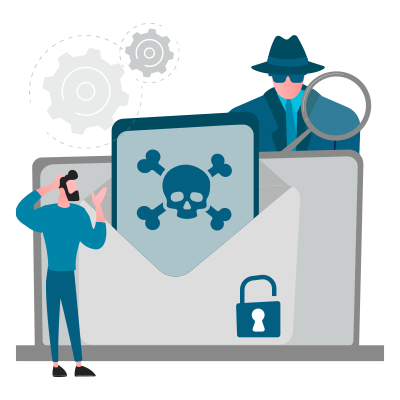
Choose a Secure Hosting Provider
Your hosting provider plays an important role in your website’s security. Choose a provider that offers regular security updates, firewalls, and malware scanning. Choose for managed WordPress hosting from reputable companies like Kinsta, WP Engine, or SiteGround. Human error is one of the leading causes of security breaches. Educate yourself and your team about common threats like phishing scams, social engineering, and unsafe browsing habits. A well-informed team is your first line of defense.
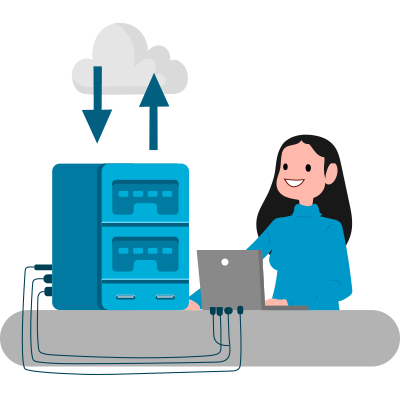
Curious about how web development is shaping Pakistan’s digital future? Let’s read more about it.
Conclusion
Securing your WordPress website from hackers is not just an option but a necessity in today’s digital world. By following the best practices outlined in this guide such as keeping your WordPress core, themes and plugins updated, using strong passwords, enabling two-factor authentication, implementing a web application firewall and regularly backing up your site, you can significantly reduce the likelihood of a breach. Plus, choosing a secure hosting provider, monitoring website activity and educating your team about cybersecurity threats further fortify your defenses. In this thorough article, our WebsCare research team has mentioned some important tips to secure your WordPress website from hackers. No system is entirely immune to attacks, proactive measures and consistent maintenance can make your WordPress site a much harder target for hackers, safeguarding your data, reputation and users. Stay vigilant, stay updated and prioritize security to ensure your website remains a safe and reliable platform.
